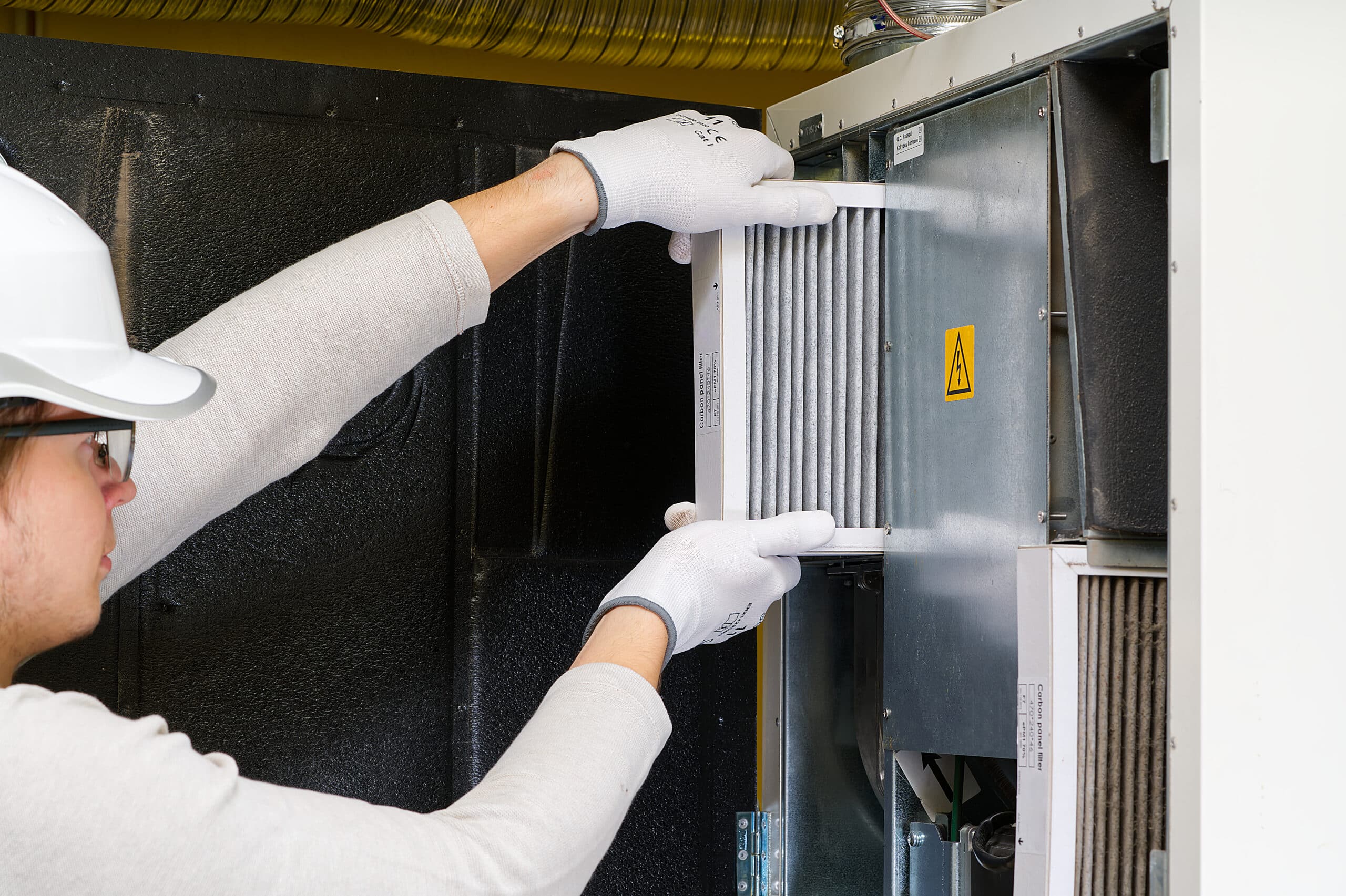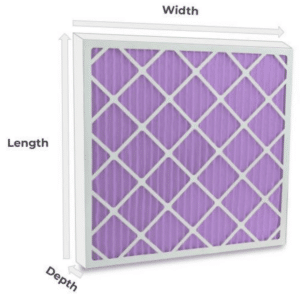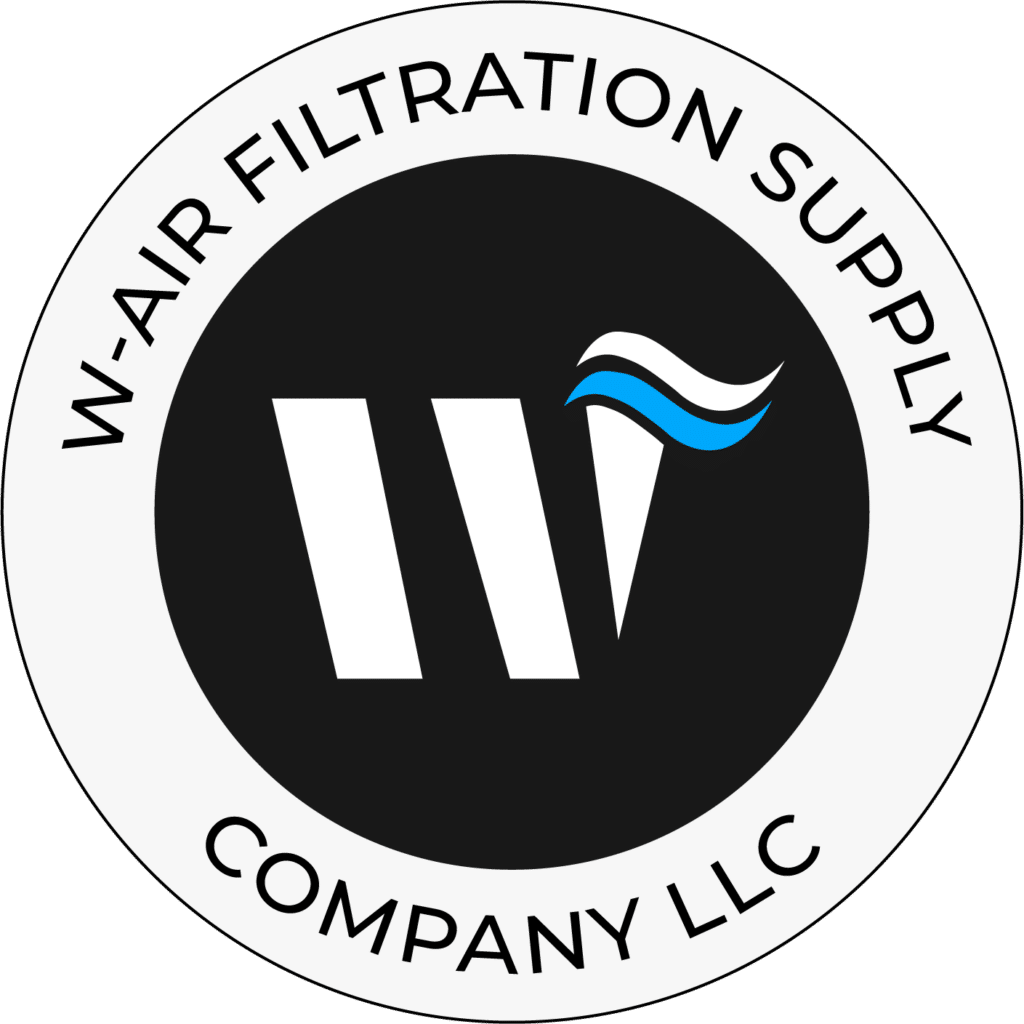
HVAC Filters Delivered To You
Our delivery service ensures worry-free filter replacements, providing a seamless supply of top-quality HVAC filters for your home. With our reliable and convenient system, you can enjoy peace of mind and breathe easy, knowing your air is always clean and fresh.
HVAC HEATING & AIR
Get Started With Easy Online Shopping & Transparent Pricing.
SHOP HVAC FILTERS
About W-Air Filtration
A Family Owned Business
W-Air Filtration Supply Company is a family owned business that is committed to providing the best quality air filters you can find. If we don’t have what you’re looking for, we will work hard to find what you need in timely manner to ensure you can enjoy clean, breathable air in no time.
Filters in your home, business, or place of occupancy can help with the capture of airborne particles, allergens, pollens, dust, pet dander, mold spores, smoke, bacteria, virus carrying particles and more.
Our mission at W-Air Filtration Supply Company is to become the one stop shop for all of your clean air needs. All while providing outstanding service and professional products.
-Aaron Wilson
Join us for Our Movement, Clean Air is Good Air
The HVAC filters used in your home’s heating and cooling system have an important job to do. They filter dust, pollen, pet dander, and other small particles out of the air that you and your family breathe. These particles are trapped in the filter to prevent them from being recirculated throughout your home. The higher the MERV rating, the more effective the filter will be.
Filters also play an important part in keeping your system free from larger particles that could damage it. Therefore, you want to make sure that you are always using the right type of filter and change it when it is dirty. Here are the different types of filters available for residential HVAC systems.
The HVAC filters used in your home’s heating and cooling system have an important job to do. They filter dust, pollen, pet dander, and other small particles out of the air that you and your family breathe. These particles are trapped in the filter to prevent them from being recirculated throughout your home. The higher the MERV rating, the more effective the filter will be.
Filters also play an important part in keeping your system free from larger particles that could damage it. Therefore, you want to make sure that you are always using the right type of filter and change it when it is dirty. Here are the different types of filters available for residential HVAC systems.
Fiberglass air filters are disposable and the least expensive type of filter. They do cause less strain on HVAC systems when drawing in air and keep large particles out of your system. However, they do not do such a great job of keeping out dust and other smaller contaminant particles.
If you or members of your family suffer from allergies or have respiratory problems, this type of filter may not be powerful enough to help relieve or prevent respiratory problems. It will typically have a MERV 4 rating.
Pleated air filters are made of cotton or polyester folds. They are slightly more expensive than fiberglass filters, but they are more effective with filtering dust and other small particles like pollen, mold spores, and pet dander. Those with more pleats provide better filtering and help prevent dust and other particulates from being recirculated in the air. MERV ratings for these filters typically run between 5 to 8.
If you or your family have allergies or other respiratory problems, high-efficiency particulate air (HEPA) filters are recommended. While they are more expensive than fiberglass or pleated air filters, they are the most effective at screening up to 99.97% of dust, pollen, mold, pet dander, viruses, bacteria, and other irritants out of the air.
Look for filters that are rated MERV 11 or higher. However, please be aware that the higher the MERV, the more difficult it is for your HVAC system to pull in air. You should check with us to see what MERV is best for your system.
UV filters are used in air cleaners that may be built into your HVAC system. Using ultraviolet light, these filters kill viruses, bacteria, and other microorganisms in the air that passes through them. However, they are not so efficient at removing dust and other contaminants, but they are great if you have concerns over indoor air quality that an air cleaner can address.
There are three ways to find your furnace filter size: a) refer to the label on the filter’s frame, b) measure your filter, c) measure your air intake.
A) Refer to the label on the filter’s frame.
The easiest way to identify your AC filter size is to remove the existing filter from its slot and examine the frame of the filter. Usually, the filter size is printed along the edge of the filter’s frame. Note that the size listed in bold on the frame of the filter is the filter’s nominal size, which likely differs from its actual size. If the actual dimensions are not listed in fine print on the frame of the filter, we recommend measuring the filter to double check.
B) Measure your air filter.
When in doubt, you can always measure your air filter yourself using a ruler or any other measuring device. If your filter’s size is not labeled at all, or you are unsure of the actual dimensions, follow the steps below to measure your air filter:
Step 1: Turn Your AC Off.
As a safety precaution, first, adjust your thermostat to turn your AC handler off before removing your furnace filter.
Step 2: Measure Your Filter.
Use a ruler or other measuring device to measure the exact length, width, and depth (thickness) of your air filter.
Example: Length = 15.5”, Width = 24.6”, Depth = 0.75”
Step 3: Round Up.
Round up each dimension to the nearest whole number to determine your filter’s nominal size.
Example: Length = 16”, Width = 25”, Depth = 1”
Note: Before you go ahead and buy the same size furnace filter that was installed previously, ask yourself: is this actually the right size for my furnace? If you are suspicious that the size you had installed previously may not be the right size for your system, we recommend you measure your air intake.
C) Measure your air intake.
To ensure the next filter you purchase is the correct size for your system, you should measure the interior dimensions of your air filter intake.

Step 1: Turn Your AC Off.
Once again, before you go messing around in your HVAC unit handler or central air return vent, first adjust your thermostat to turn your AC system off.
Step 2: Measure Your Intake’s Inside Edge.
Then, use a measuring tape or other measuring device to measure the length, width, and depth of the inside edge of the air filter’s slot or frame.
Step 3: Round Down.
In this case, you’ll want to round down to the nearest whole number to determine the nominal size of your air filter. The actual size of your air filter should be 0.25”-0.5” smaller than the slot or frame itself.
We recommend trying to use methods A or B, referring to the sizes on your old filter or measuring your old filter first, as measuring the air intake is more difficult, and might not produce the most accurate measurements
WANT A NO HASSLE WAY TO REMEMBER? SIGN UP FOR OUR SUBSCRIPTION SERVICE! WE WILL SEND TO YOU WHEN ITS TIME TO CHANGE YOUR FILTER.
